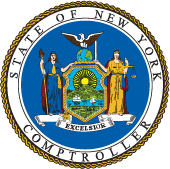Voting From Home: Summary of the 2020-21 School District Budget Vote
Participation in school district budget votes has been relatively low, particularly since the implementation of the tax cap. In response to the pandemic, school districts in New York State were required to provide all residents with an absentee ballot for the 2020-21 school budget vote. This new process likely contributed to an increase in participation: triple the number of votes were cast compared to the prior year.
